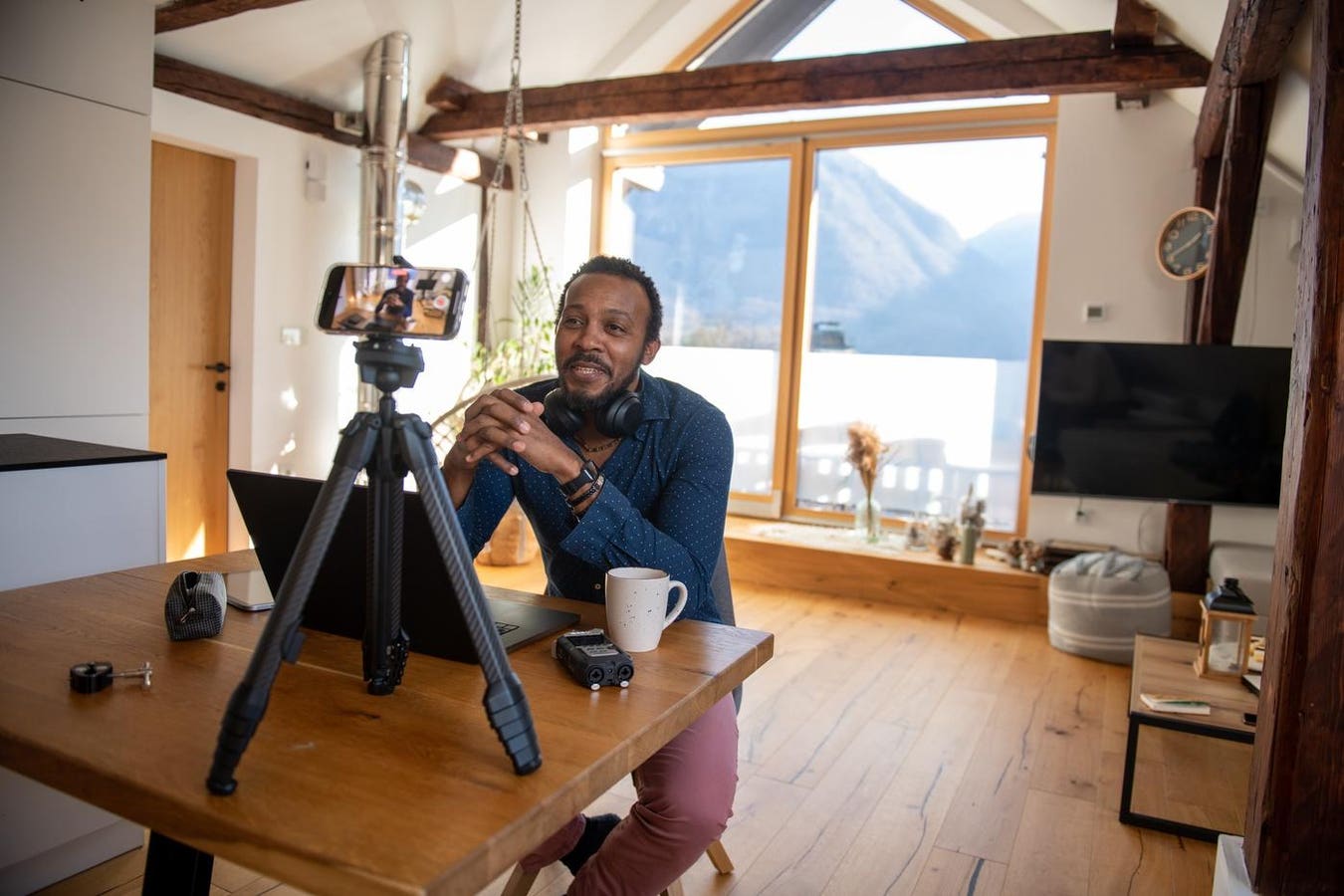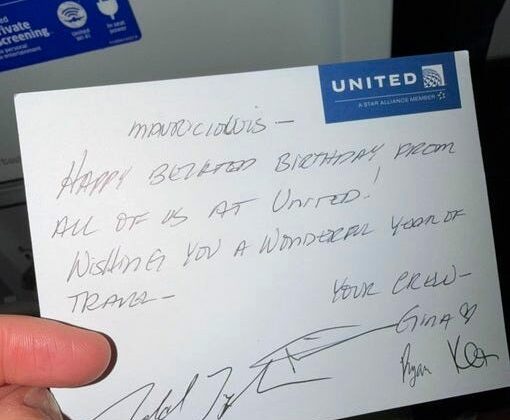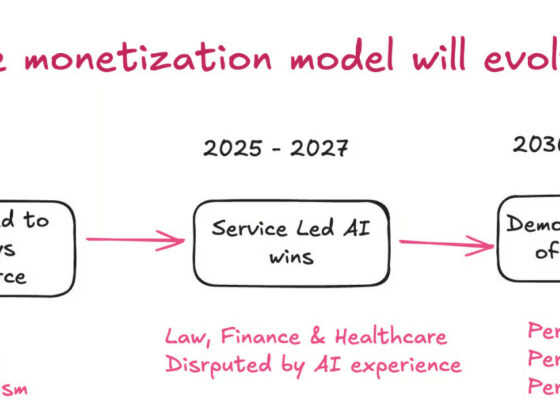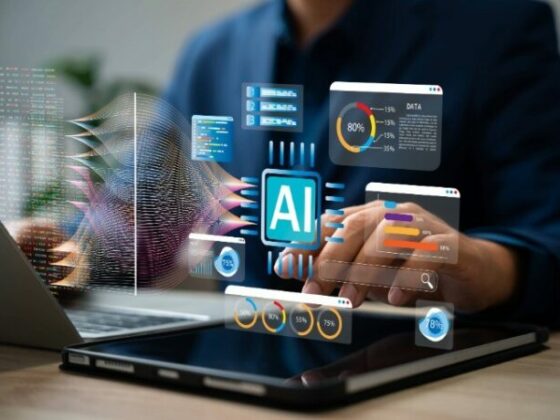
If you still think the “creator economy” is a cottage industry of influencers with ring lights, you’re already behind. The next seven years will be defined by two things: creators professionalizing into full-fledged media companies and legacy media and brands retooling themselves to act like creators. And AI is the accelerant in both directions.
New data puts a hard number on the scale: the global creator population is on track to surge to 1.1 billion by 2032 according to MiDiA.
“It’s a big number,” Ben Woods, creator economy analyst at MiDiA, told me. “Everyone will be familiar with people that self-identify as creator. However, what’s going to be a big driver is consumer creators.” He points to Netflix’s clip-editing tools as an example: “That’s a creator-type behavior and we believe it’s really important to include these types of people into the creator economy and by doing so, it’s going to play a really big part in growing that number.”
Video Is The Lingua Franca And AI Is The Workflow
Woods’ simplest explanation for why video dominates: “It’s become this kind of de facto mode of communication for all creators. If you’re a music artist, you kind of have to be a video creator as well… Look at what it’s doing to the world of podcasts, video is just as important as audio is.”
On adoption of AI, the new report is clear: 63% of video creators either regularly use AI tools or have tried them and will continue. Advanced creators are the fastest adopters (69%).
Woods connects the dots: “AI lowers that barrier to entry, which is going to bring a load more people into the funnel.” For veteran creators, “AI offers some real solutions, saving time, accessing new audiences, getting inspiration.”
My take is the winners won’t be the tools that “do it all for you” but the copilots that let creators move faster while preserving creative control.
Woods expects platform-side monetization to improve: “It’s going to be in the social platforms’ interest to help creators better optimize and monetize.” And as creators “evolve from just producers of video on social platforms to studios and franchises,” the flywheel turns: more channels, merch, toys, live events and more ad inventory and memberships.
Creators To Studios; Studios And Brands To Creators
We’re watching an inversion. On one side, creator giants are building multi-vertical businesses, think Dude Perfect’s media+merch+live blueprint. On the other, broadcasters and studios are “lane-hopping” into social-first production because that’s where the audience lives (and increasingly, watches on TV screens via YouTube).
Woods praises examples like BBC Studios’ Bluey and Channel 4: the former analyzing TikTok data and pivoting to unexpected demos; the latter going “really leaning into niche” with many channels and social-first shows. “They’re really blazing a trail.”
Geography: The Next Wave Comes From The Global South
Growth slows in mature Western markets by the early 2030s, but accelerates in places like Brazil and India, where smartphone-first behaviors dominate. “We’re going to see a lot of the fresh growth as those markets really kick into gear.”
The model: mobile-native creators, mobile-first editing, AI-assisted post, exactly where the tool market is headed as smartphones eat into camera categories and mobile software usage climbs.
AI Opportunity Vs. IP Control (And Why “Human” Becomes A Premium)
Is AI a threat or an opportunity? Woods’ answer is nuanced: “It certainly is an opportunity to explore.” But cameo-style partnerships (he cites Jake Paul’s early tie-in) test the edges of creator IP comfort. “If you’re protective then it does become a bit of a threat.” He expects virtual influencers to siphon some engagement, as long as they’re disclosed, consumers are comfortable, while also arguing “AI makes human creator content become a premium in its own right,” aided by content credentials baked into pro cameras.
Here’s my read, in a world of infinite synthetic abundance, scarce becomes “authentically human, verifiably captured, community-validated.” That’s why creator-owned IP, fandom and first-party distribution (email, Discord, membership) are hedges against algorithmic volatility.
Time, Burnout And Algorithmic Opacity
This isn’t a straight line. 44% of creators cut their creation time over the last year; average weekly creation fell from 3.3 hours (Q4’24) to 2.8 (Q2’25). A quarter considered quitting; burnout is the #1 cited cause.
Woods hears the same pain: “Algorithm changes” and “cut-through” are driving creators to “produce more which leads to just unsustainable workloads.”
That’s exactly where AI should be pointed: offloading drudgery (versioning, localization, clean edits) while keeping creators hands-on for the “hot spots” (ideation, recording, editing) that deliver satisfaction and skill-building.
For creators scaling up into studios
- Diversify formats (shorts + longform + live) and diversify revenue (ads + subs/tips + commerce + live). The ad pool grows, but membership/tipping is compounding off-platform dependence.
- Spin up a multi-channel network of your own IP (main, clips, experiments, language dubs). Use AI localization and editing to scale without burning out the core team.
- Own your audience: newsletter + community + CRM. The algorithm is the top of funnel, not your home.
For media companies and brands becoming creators
- Build social-first studios in-house or via partners with fast iteration cycles, creator-native hiring and freedom to kill what doesn’t work.
- Target scenes, not demographics. Package archives into niche channels; make TV assets snackable and community-aware.
- Bring ad sales closer to the content and treat creator collabs as formats, not #spon posts.
The road to 1.1 billion creators is about more organizations acting like creators and more creators acting like organizations. As Woods put it, “We’ve got AI-only creators and creators who will become particularly adept at using AI. Writing prompts is going to be a real skill and a real art form” The flipside: “Human creator content becomes a premium.” Both can be true and both are massive opportunities.
This article is based on an interview with Ben Woods from my podcast, The Business of Creators.







